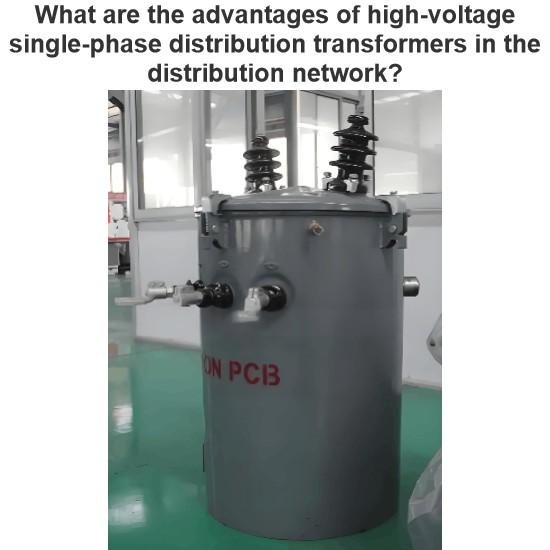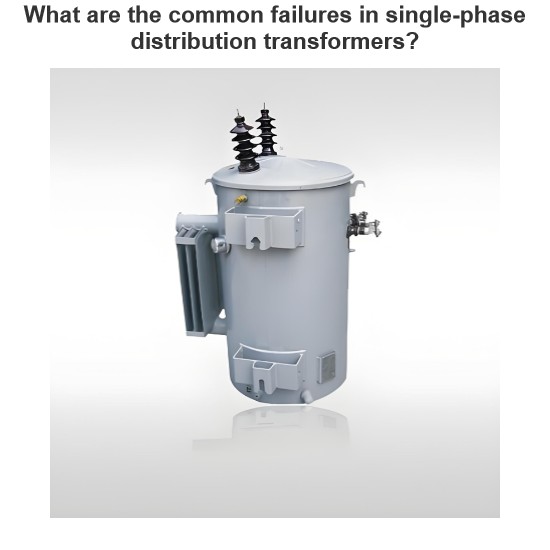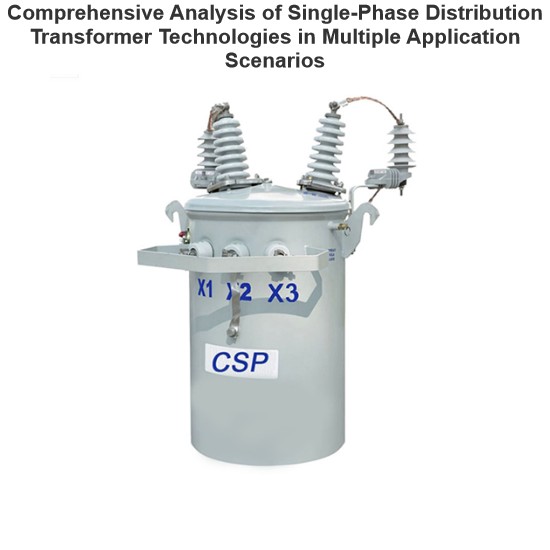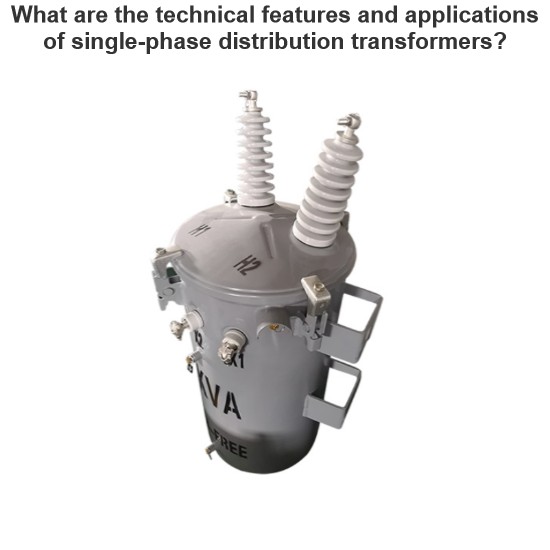What is an Electrical Power Substation?
Electrical Substation Definition
Nowadays, the demand for electrical power is growing rapidly. To meet this demand, we need larger power generating stations, which can be hydro-electric, thermal, or atomic. These stations are built in various locations based on resource availability, often far from the areas where power is consumed.
Therefore, it’s necessary to transmit power from generating stations to load centers using high-voltage networks. Power is generated at low voltages but transmitted at high voltages for efficiency. Distribution to consumers is at lower voltages. To maintain and stabilize these voltage levels, we use transformation and switching stations called electrical substations. These substations are classified based on their purposes.
Step Up Substations
Step up substations are associated with generating stations. Generation of power is limited to low voltage levels due to limitations of the rotating alternators. These generating voltages must be stepped up for economical transmission of power over long distance. So there must be a step up substation associated with generating station.
Step Down Substations
The stepped up voltages must be stepped down at load centers, to different voltage levels for different purposes. Depending upon these purposes the step down substation are further categorized in different sub categories.
Primary Step Down Substation
Primary step-down substations are located near load centers along primary transmission lines. They reduce primary transmission voltages to suitable levels for secondary transmission.
Secondary Step Down Substation
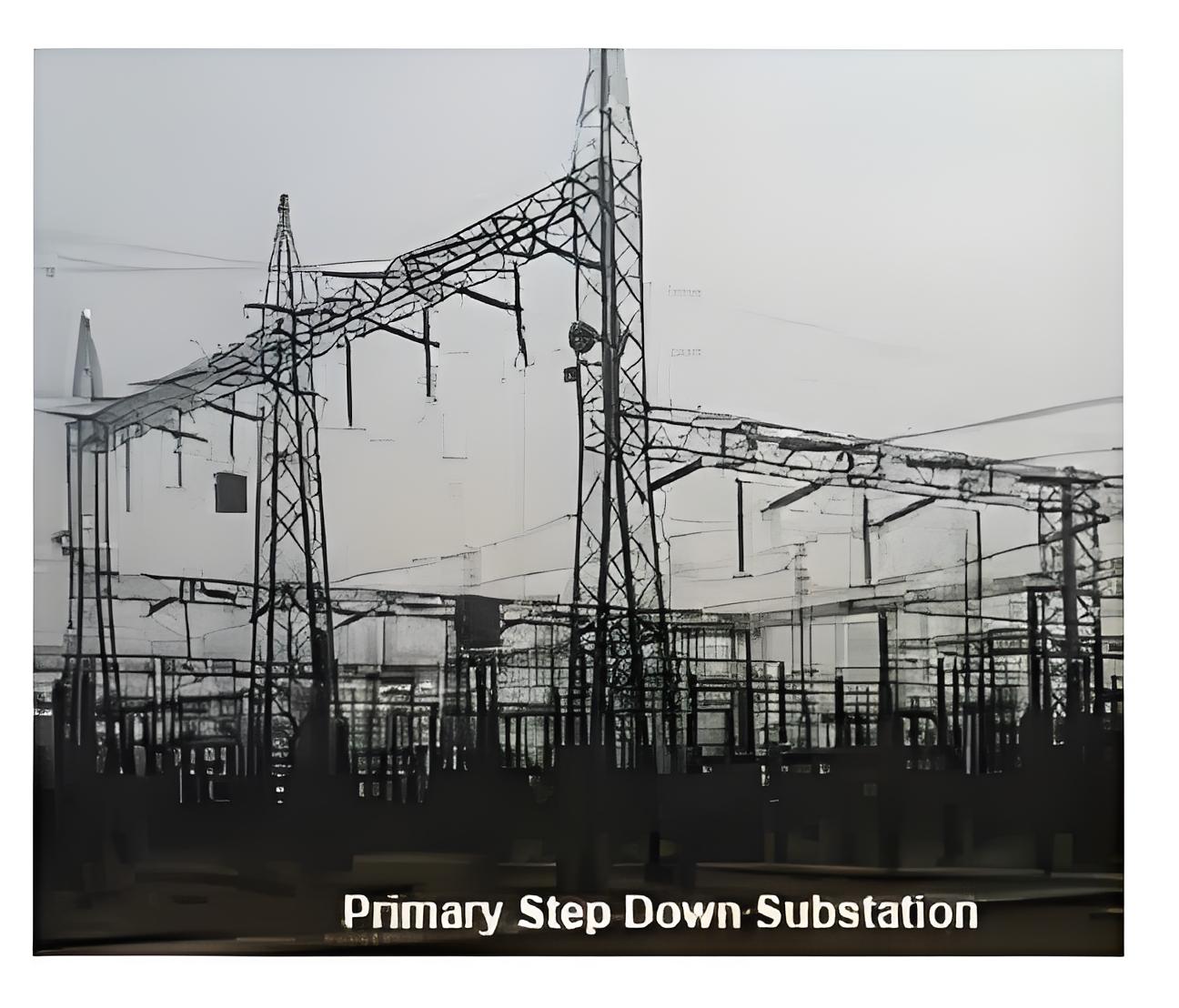
At load centers, secondary step-down substations further reduce secondary transmission voltages to primary distribution levels.
Distribution Substation
Distribution substation are situated where the primary distribution voltages are stepped down to supply voltages for feeding the actual consumers through a distribution network.
Bulk Supply or Industrial Substation
Bulk supply or industrial substation are generally a distribution substation but they are dedicated for one consumer only. An industrial consumer of large or medium supply group may be designated as bulk supply consumer. Individual step down substation is dedicated to these consumers.
Mining Substation

The mining substation are very special type of substation and they need special design construction because of extra precautions for safety needed in the operation of electric supply.
Mobile Substation
The mobile substations are also very special purpose substation temporarily required for construction purpose. For big construction purpose this substation fulfills the temporary power requirement during construction work.Depending upon the constructional feature categories of substation may be divided into following manner-
Outdoor Type Substation
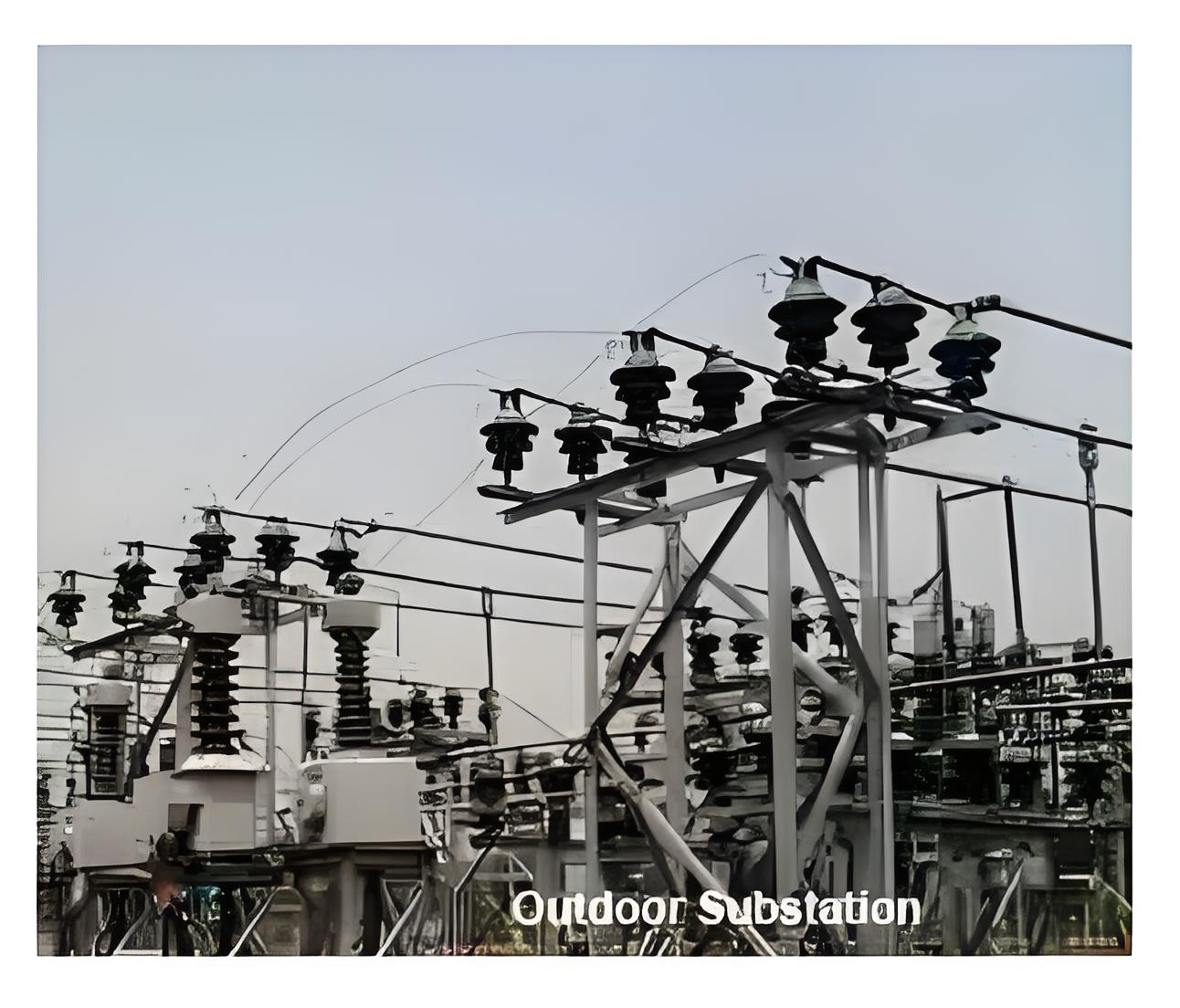
Outdoor type substation are constructed in open air. Nearly all 132KV, 220KV, 400KV substation are outdoor type substation. Although now days special GIS (Gas insulated substation) are constructed for extra high voltage system which are generally situated under roof.
Indoor Substation
The substations are constructed under roof is called indoor type substation. Generally 11 KV and sometime 33 KV substation are of this type.
Underground Substation
An underground substation is located below ground level. It is used in congested areas where space for constructing a distribution substation is limited.
Pole Mounted Substation
Pole mounted substation are mainly distribution substation constructed on two pole, four pole and sometime six or more poles structures. In these type of substation fuse protected distribution transformer are mounted on poles along with electrical isolator switches.
The Electricity Encyclopedia is dedicated to accelerating the dissemination and application of electricity knowledge and adding impetus to the development and innovation of the electricity industry.
